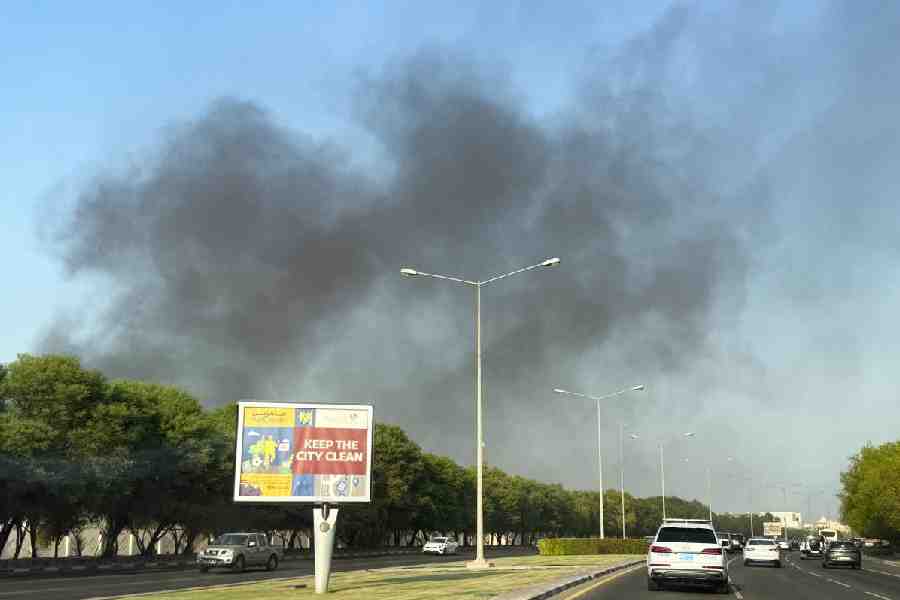 |
| A rufous-tailed lark. Picture by Biswajit De |
Guwahati, Oct. 31: The rufous-tailed lark (Ammomanes phoenicura) has been sighted in Assam, 22 years after its last nearest recorded sighting in West Bengal.
The sighting occurred during an early winter bird survey carried out by Biswajit De, founder president of WildRoots, which conducts avian surveys near Kuruwa Ghat here.
The grass bird was sighted and photographed on October 25 by De after which he posted it on Facebook group, Ask ids of Indian Birds, of which ornithologist Tim Inskipp is a moderator.
Inskipp, who co-authored a book, Birds of Indian Sub-Continent, a field guide and a must for every bird watcher, with Richard Grimmett, confirmed that this was the first record of the bird’s sighting in Assam and the nearest record is of two collected in Bankura district in Bengal in 1992.
De said the sighting was confirmed by Anwaruddin Chowdhury, an eminent ornithologist from Assam, after the photographs were shared with him.
The rufous-tailed lark, sometimes called the rufous-tailed finch-lark, is a ground bird found in the drier, open, stony habitats of the country and parts of Pakistan.
The International Union for Conservation of Nature has classified it in the “least concern” category. Though the global population size has not been quantified, the species is reported to be common in north India.
It has a large, finch-like bill with a slightly curved edge to the upper mandible. The dull brown colour matches the soil as it forages for grass seeds, grain and insects.
“The species is found mainly in low altitude dry regions in open habitats without significant tree cover,” De said. It is mainly a resident of India, south of the Ganges extending west to Kutch and the Aravallis in Rajasthan. They are summer visitors to parts of Pakistan in northern Punjab and in southern Nepal. The species is largely absent along the Western Ghats, particularly Kerala.
“Spottings like this will encourage young bird watchers and will inspire them to know more about nature, venture out and explore their own city and celebrate the avian diversity,” De added.










